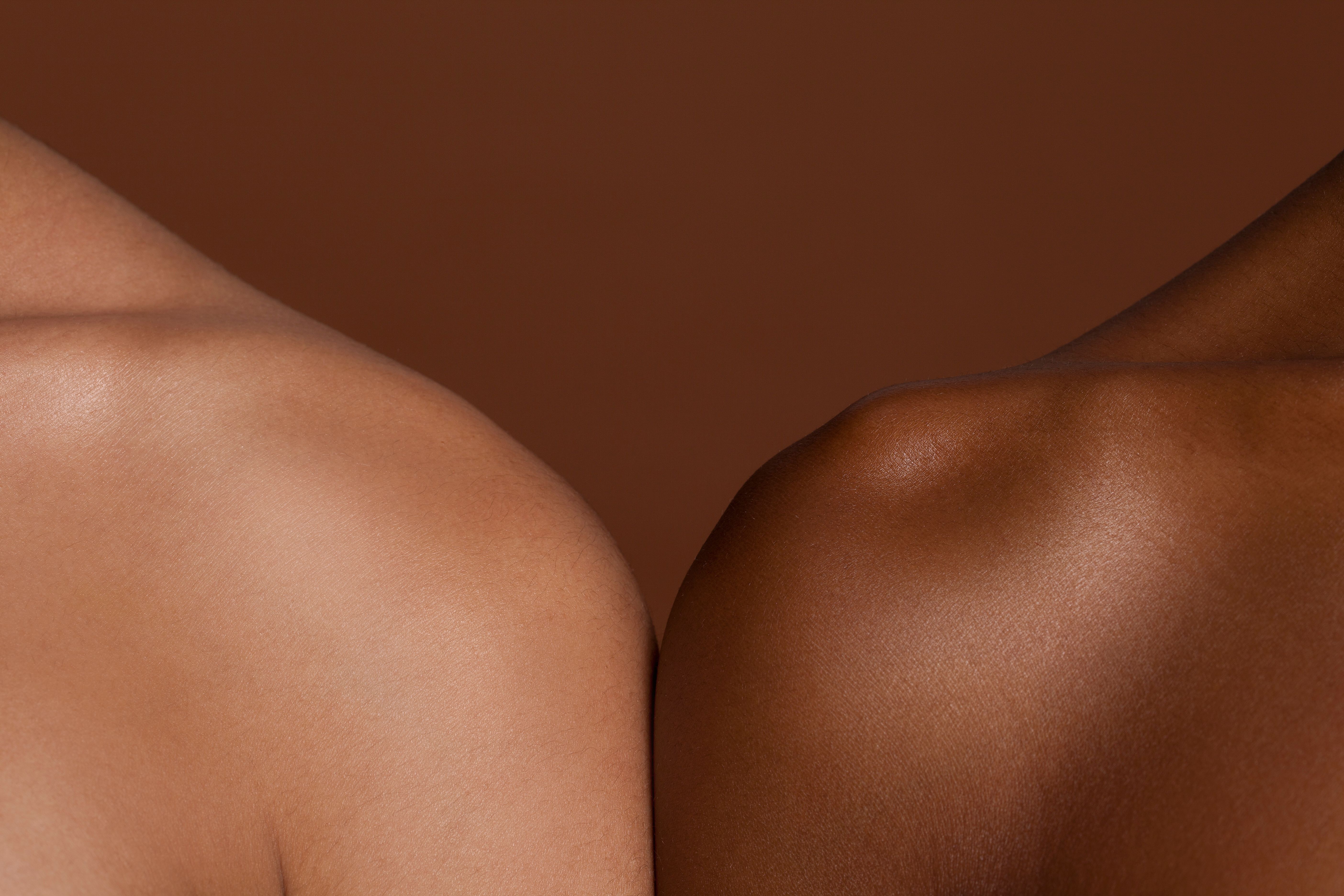- Case-Based Roundtable
- General Dermatology
- Eczema
- Chronic Hand Eczema
- Alopecia
- Aesthetics
- Vitiligo
- COVID-19
- Actinic Keratosis
- Precision Medicine and Biologics
- Rare Disease
- Wound Care
- Rosacea
- Psoriasis
- Psoriatic Arthritis
- Atopic Dermatitis
- Melasma
- NP and PA
- Skin Cancer
- Hidradenitis Suppurativa
- Drug Watch
- Pigmentary Disorders
- Acne
- Pediatric Dermatology
- Practice Management
- Prurigo Nodularis
- Buy-and-Bill
Article
SPF 50 shields transplant patients against SCC, BCC
Organ transplant recipients are highly susceptible to developing nonmelanoma skin cancers, very likely due to the severe iatrogenic immunosuppressive state in which they are kept. The results of a recent clinical study in organ transplant recipients showed that regular use of sunscreen (SPF 50) can reduce the incidence of actinic keratoses as well as non-melanoma skin cancers in these patients.

Key Points
Berlin - As many as 90 percent of all organ transplant recipients (OTR) experience skin disease.
These patients are highly susceptible to developing squamous and basal cell carcinoma, as well as precancerous lesions, such as actinic keratoses.
"Against a backdrop of life-long immunosuppression, ultraviolet radiation appears to be the major risk factor in the onset on nonmelanoma skin cancer. The key concern is the increased incidence of skin cancer, paralleling the extended survival rates of organ transplant patients," explains Claas Ulrich, M.D., of the department of dermatology at the The Charité in Berlin.
Dr. Ulrich and his team conducted a two-year case control study to test the effectiveness of SPF 50 sunscreen in organ transplant patients.
The study included 60 organ transplant recipients (20 heart, 20 liver and 20 kidney) who applied a specific liposomal, waterproof SPF 50 sunscreen (Daylong Actinica, Spirig, Switzerland) daily on all sun-exposed areas. Results of the analysis were compared to an age- and transplant-matched case control group retrospectively recruited from an existing computerized database. The controls did not receive sunscreen.
In the sunscreen treatment group, Dr. Ulrich found that after two years, the 60 OTR showed a 53 percent reduction of actinic keratoses and no newly developed squamous cell carcinomas, as compared with the control group, which showed 38 percent new actinic keratoses and eight newly developed squamous cell carcinomas.
Interestingly, the effect on basal cell carcinoma was less pronounced, as there was no significantly increased protection seen in the sunscreen group when compared to the control group.
Compliance
"A pivotal point in the study was the compliance of the sunscreen group to actually use the sunscreen.
Dr. Ulrich says that organ transplant patients usually already have seborrheic skin related to their calcineurin and corticosteroid inhibitor-based immunosuppressive treatment. Adding insult to injury, sunscreens often additionally cause acneiform, irritant dermatitis and aesthetic issues (whitening effect), making true compliance a real issue in these patients.
Dr. Ulrich notes that most probably due to thorough oral and written patient instruction and information, as well as the cosmetically appealing preparation of the liposomal sunscreen (nonwhitening, waterproof, low-fat) the compliance in the sunscreen group was excellent, despite a nonsignificant trend toward more acne. He adds that this point shows the importance of an optimal galenic preparation of sunscreens.
The results in this group showed that in addition to the prophylaxis against invasive squamous cell carcinoma, there was no progression of and a spontaneous clearance of actinic keratoses, compared with the control group.
"Sunscreens reduce indirect and direct carcinogenic effects of sunlight in humans. Especially highly immune compromised patients, such as the heart transplant recipients, seem to benefit from regular use of sun protection measures, indicating that the development of nonmelanoma skin cancers in OTR is not only related to further induction of DNA damage by UV radiation, but also to its topical immunosuppressive effects," Dr. Ulrich says.
Other patients with immunodeficiency might also benefit from these observations, Dr. Ulrich says.





